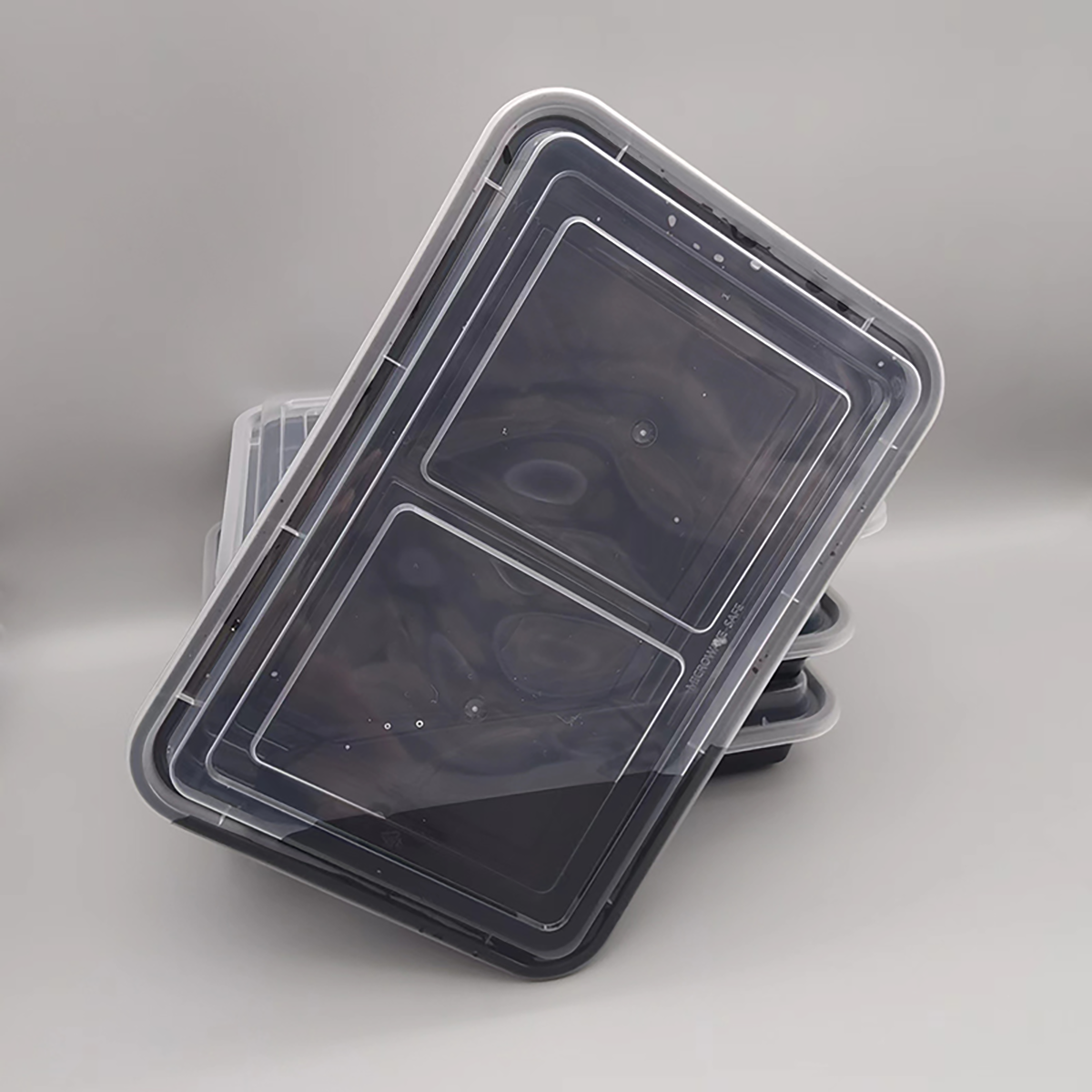Injection molding and blister technology are common plastic molding processes, and they play an important role in food tableware manufacturing. This article will analyze the differences between injection molding and blister molding, focusing on the eco-friendly characteristics of these two processes in the manufacturing of PP containers.
1.Injection molding and blister molding are two common plastic molding technologies, and they are widely used in the field of beverage cup manufacturing. Understanding their differences and eco-friendly characteristics can help us better choose the appropriate process to promote sustainable development.
2. Injection molding process and its application in manufacturing PP food tableware Injection molding is a process in which molten plastic material is injected into a mold and solidified by cooling. Injection molding technology is also widely used when manufacturing PP food containers. By heating and melting the PP particles, injecting them into a mold with the shape of a food bowl, and then cooling and molding, the required PP lunch box is obtained.
3. Blister molding process and its application in manufacturing PP food containers Blister molding is a process that uses heated plastic sheets to soften them, adsorb them on the mold, and solidify them through vacuum suction and other methods. When manufacturing PP food lunch box, blister technology is also widely used. By heating the pre-produced PP sheet to soften it, adsorb it on the mold, and then cool it into shape, the required PP container is obtained.
4. Eco-fiendly characteristics of injection molding process Injection molding process has many advantages in terms of environmental protection. First of all, through reasonable raw material formula and process design, the consumption of raw materials can be reduced. At the same time, the injection molding machine has a circulating cooling function, which can effectively reduce energy waste. In addition, no adhesive is required during the injection molding process, thus reducing environmental pollution. These eco-fiendly features make the injection molding process more popular when manufacturing PP food packaging.
5. Environmental protection characteristics and comparison of blister technology. There are some challenges in environmental protection of blister technology. Although some manufacturers have begun to use degradable PP materials, during the blister process, some adhesives are often needed because the softened PP sheets are bonded to the mold. These adhesives may cause certain pollution to the environment. In contrast, the injection molding process has more outstanding environmental performance because it does not require the use of adhesives. Therefore, when manufacturing PP food lunch box, we can be more inclined to choose the injection molding process to reduce the impact on the environment and improve sustainability.
Therefore, injection molding and blister molding are two important plastic molding processes and play an important role in manufacturing food packaging. In terms of environmental protection, injection molding has more advantages than blister molding because it can reduce the consumption of raw materials and the generation of waste products during the production process, and does not use adhesives. Therefore, in the manufacturing of PP food tableware, we can prefer the injection molding process to reduce the impact on the environment and improve sustainability.
Post time: Sep-26-2023













